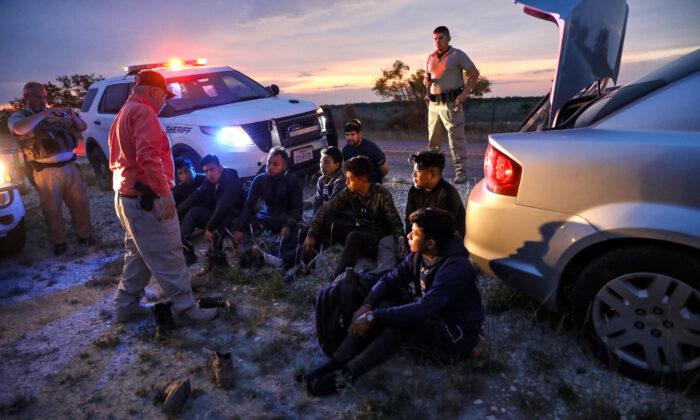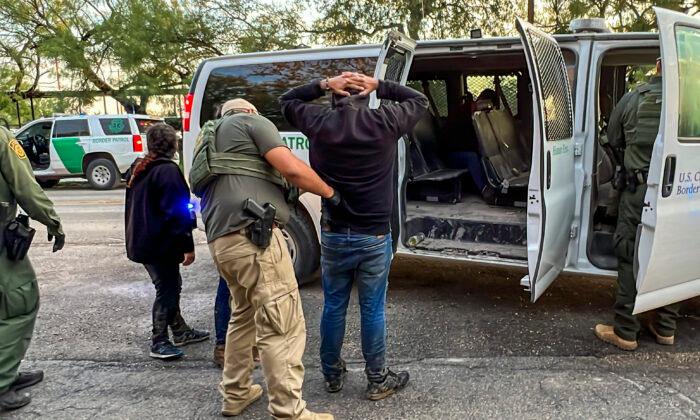WASHINGTON—The White House has reduced the number of refugees that the United States will accept during fiscal year 2021 to 15,000. The number includes 6,000 spots that went unfilled this year due to the COVID-19 pandemic.
Trump has lowered the refugee ceiling each year he’s been in office. Former President Barack Obama had set the ceiling at 110,000 refugees for fiscal 2017, before leaving office.
The reduced numbers take into account the backlogged asylum cases, which in 2019 was close to 1 million individuals, and remains that high, according to data from U.S. Citizenship and Immigration Services and the Department of Justice Executive Office for Immigration Review.
While refugees and asylees must meet the same criteria and are granted the same benefits, refugees must apply outside of the country; asylees assert claims of credible fear once inside the United States.
According to U.S. immigration law, a refugee is “an alien who, generally, has experienced past persecution or has a well-founded fear of persecution on account of race, religion, nationality, membership in a particular social group, or political opinion.”
The administration has split the 15,000 allocation of refugees into different categories, including 5,000 refugees based on religious persecution; 4,000 Iraqis who have assisted the United States in national security; 1,000 refugees from El Salvador, Guatemala, or Honduras; and 5,000 refugees from other categories and locations, including those from Hong Kong, Venezuela, or Cuba.
Trump has barred refugees from certain “high-risk areas of terrorist presence or control, including Somalia, Syria, and Yemen,” except those of special humanitarian concern.
“The threat to United States national security and public safety posed by the admission of refugees from high-risk areas of terrorist presence or control is significant and cannot be fully mitigated at this time,” Trump said in his memorandum to the State Department.
The Department of Health and Human Services (HHS) spent more than $96 billion on programs supporting or benefiting refugees between 2005 and 2014, according to White House data. HHS surveys show that 45 percent of refugees arriving between 2011 and 2015 were receiving cash assistance and 49 percent were receiving Medicaid.






Friends Read Free